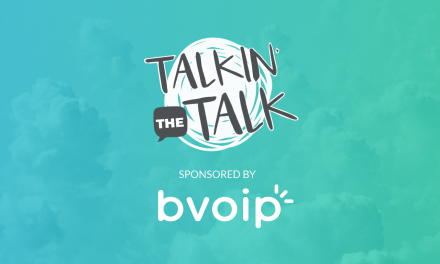Seamlessly Grow Your IT Company’s Territory
There comes a time in almost every Managed IT company’s growth where they need to expand their service area. Executing on this strategy can sometimes be very fruitful, especially if the company is expanding into an area with less competition or a larger pool of potential customers. Before your company embarks on this real-life game of “Risk,” be sure to do your homework and carefully evaluate whether or not this is the right move.
Having the ambition to expand is great, but remember the grass is always greener on the other side of the fence. Moving too fast into a new territory can have a negative impact on your business financially and do more harm than good. Here are a few items to consider when evaluating an expansion opportunity for your Managed Services company.
Business Density
The first consideration when planning your expansion is to figure out what the density of registered entities is within your desired territory. The further the distance is between your potential customers, the harder you will have to work to expand into that area. This is why you should attempt to target regions with the most upside, ideally having a lot of businesses in one immediate area.
In writing this piece, I had hoped to provide you with a beautiful heat map showing each geographical region and the density of registered businesses therein. Unfortunately, this data is harder to come by than expected. The next best tool that I can think of to evaluate this is a commercial real estate website with map capabilities (such as loopnet). Use these maps to gauge which areas have the highest amount of office space for sale or lease and which do not. While it is not an exact science, this should still give you a loose indication of where the hot spots are and which areas you may want to avoid.
Market Price Tolerance
Different geographical areas have significantly different levels of price tolerance. If you are an IT Provider in Manhattan, NYC and charge a $250/hr labor rate, your rate would be considered “premium” and you would likely find customers that are willing to pay it. Offering the same rate 5 miles west in Jersey City, NJ would be considered “excessive” and almost “offensive” to prospective business owners which have a far different price tolerance, regardless of the close proximity.
Using our previous example, an IT Provider in Jersey City, likely has a significant advantage when expanding into Manhattan, NYC, because they can charge more for their services but their costs are low in comparison. By the same token, an IT Provider in Manhattan likely has a disadvantage when expanding into Jersey City because their costs are high and they would have to charge less for their services. This is why it is crucial to do your research and be sure that you are coming up on the favorable side of your attempted arbitrage.
The Ultimate Guide To Cash Flow For Managed Services
Sponsored by Alternative Payments & Zest
Onsite Logistics
One of the biggest hurdles of expanding your IT company’s territory is that of onsite logistics. Most Managed Service Providers still have an in-person presence, whether it is for sales calls, account reviews, IT projects, or onsite support. This means there may be a frequent need to dispatch resources directly to your customer’s location which causes complication if their location is 50 miles or more away from your headquarters. Doing this often can become expensive and a drain on both resource time and cash.
One way to solve the logistic issues is to find a local provider or freelancer that is willing to sign a non-compete agreement and help you support the customer. Posting on the r/msp subreddit or other MSP communities is a good place to find providers that are interested in partnerships of this kind. Another option is to hire a remote employee that is local to the area. If this is the path you choose, look for someone with a versatile skill-set and be sure to have the management capabilities in place before bringing them onto your payroll.
State & Local Taxes
When expanding into a new state, providence, or municipality alway discuss tax implications with your accountant beforehand. Different states are likely to have different sales tax rates that you will need to collect from your customers when doing business in that region. It is important to document the new rates and ensure that they are reflected in your quoting and invoicing processes.
While this might seem obvious, I have seen it cause issues before. We once had a sales rep that used the wrong tax rate on their quote for a large customer contract in a new territory. After this was discovered, the new customer refused to pay a penny more than was quoted, forcing our company to adjust the base rate and eat hundreds of dollars a month to cover the tax on the deal. As you can imagine, this was not an example of getting off on the right foot with a new customer and hardly the ideal way to break into a new territory.
The Ultimate Guide To Cash Flow For Managed Services
Sponsored by Alternative Payments & Zest
Human Resource Requirements
If your strategy is to do a direct hire of a remote employee to expand your territory, be sure to seek the advice of your benefits and insurance provider before bringing them on board. Some states require you to hold mandatory policies and/or benefits for employees that may be an exception to your normal packages. Failing to comply with these standards can be costly so it is worth the extra research to play it safe.
Our firm learned this the hard way when we made a full-time hire at a satellite office in a new state. Our local insurance agent was unaware that this state required us to provide a paid family leave insurance that was not a part of our standard benefits package. A few months later we received a fine of several hundred dollars from the state’s Worker’s Compensation board for failing to comply, which could have been avoided with a little knowledge and a few dollar per month policy.

SPONSORED BY ZEST

















